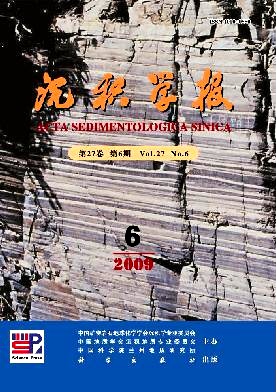Discovery and Geological Significance of Red Clay in the Liulin Section in the West Part of Lüliang Mountains
- Received Date: 1900-01-01
- Rev Recd Date: 1900-01-01
- Publish Date: 2009-12-10
-
Key words:
- red clay
Abstract: A special aqueous gravel bed, which underlies the red clay and is mainly composed of red clay lumps and calcium nodules, was found at Weijiawa village of Liulin county in the west part of Lüliang Mountains. Sedimentological study shows that the clast(composed of the red clay and calcium nodule) in this bed are all with certain sorting and roundness, The calcium nodules did not show the anomalous ginger shape but process typical round or subround character, which is the product of fluviatile transport. Both sedimentary sequence's fining upward and fossil in certain beds are all typical features of aqueous deposit. The clast (red clay and calcium nodule) in the section indicate that some red clay deposited before the aqueous sediments. Magnetostratigraphic result reveals that the aqueous gravel bed is aged about 8.1Ma. The discovery of the special aqueous gravel bed can provide new information for the cause of red clay.
| Citation: | LI Jianxing. Discovery and Geological Significance of Red Clay in the Liulin Section in the West Part of Lüliang Mountains[J]. Acta Sedimentologica Sinica, 2009, 27(6): 1184-1190. |






 DownLoad:
DownLoad: